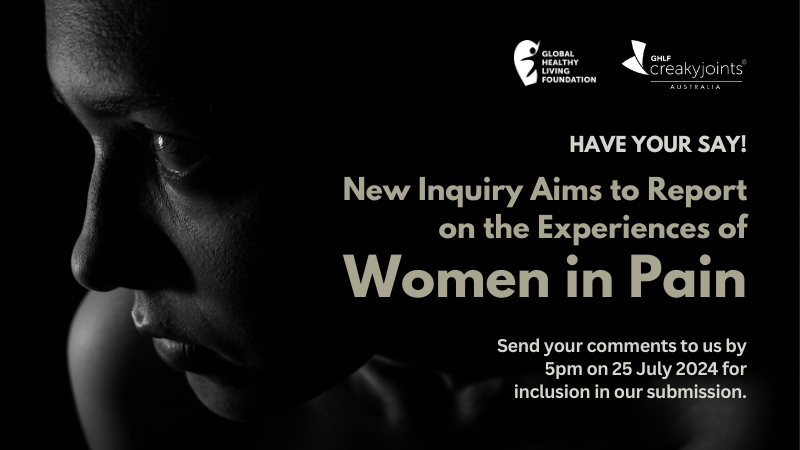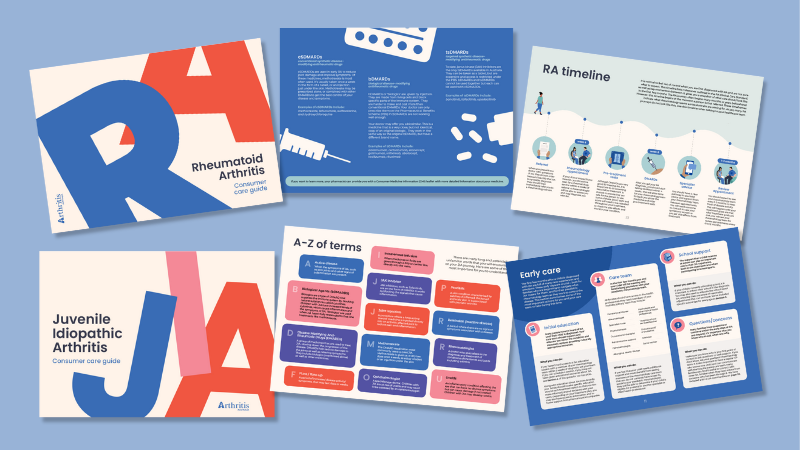MOVE muscle, bone and joint health recently released the report Everybody Move: Improving outcomes in musculoskeletal health which outlines how changes in approaches to treatment and care can save our healthcare system hundreds of millions of dollars.
There are 6.8 million Australians of all ages affected by musculoskeletal (MSK) conditions, such as arthritis, chronic back pain, and osteoporosis. These currently cost the economy around $55 billion each year in direct health costs plus the cost of absenteeism and lower productivity at work.
Many of the current treatment approaches for MSK conditions are outdated and suboptimal, leaving the consumer with less-than-desirable outcomes across many areas of their life.
The report, compiled by PwC, also clearly shows how the recommended changes could have a significant impact on treatment outcomes and quality of life for consumers. This can be achieved through the increase of prevention activities across all modes of MSK conditions and levels of care, improvement of the capacity and capabilities within primary care settings, and providing better access to information and support to help consumers self-manage their conditions.
Key findings
The Everybody Move report focuses on five main areas of MSK conditions: Chronic back pain, Osteoarthritis, Osteoporosis/Osteopenia, Rheumatoid Arthritis, and Juvenile Arthritis as these are highly-prevalent in Australia. However, many of the findings and recommendations are applicable system-wide.
These can be grouped under 3 key pillars:
- Fund only what works. Only use evidence-based treatment approaches, restructure funding across the Medicare Benefits Scheme and the Primary Health Networks to allow better access to allied health professionals at primary-care level, and remove subsidies for unnecessary imaging and interventions.
- Increase awareness and capability. Change educational approaches for undergraduate and post-graduate clinicians to help them identify and treat MSK conditions in their early stages, before long-term damage sets in. Increase public awareness of these conditions to help consumers seek treatment early.
- Update approach to delivery of care. Create multidisciplinary teams that make better use of allied health professionals, improve efficiency in referrals, and increase the range of services available to all consumers.
Some of the recommendations for specific MSK conditions include:
- Enhancing access to subsidised biologic treatments for those with rheumatoid arthritis, including removing the cap on the maximum number of biologics allowed per individual in their lifetime and allowing those with moderate rheumatoid arthritis activity earlier access to such treatments.
- Improving the range of services available to those with juvenile arthritis such as providing specialised psychological support for those transitioning from child to adult health services.
- Reducing subsidies for procedures that do not improve outcomes for those with osteoarthritis. This includes subsidies for knee arthroscopies.
One key finding that stands above all others is that everyone with a musculoskeletal condition can benefit from regular movement in some form. In many cases, movement can be used as a first-line treatment to strengthen muscles, improve flexibility, improve bone health, and promote overall well-being.
“Given the linkage between musculoskeletal conditions and other comorbidities such as obesity, cardiovascular disease and mental health, there are clear benefits for consumers with musculoskeletal conditions utilising movement, exercise and weight management in their treatment regimen to handle their pain and improve function.”1
Next steps and goals
The report identifies consumers as the priority stakeholder in all activities at every level. The other stakeholders include all levels of government, representative organisations, universities, health service providers, clinicians, and primary health networks.
It also includes a roadmap for relevant stakeholders to follow both in the near future and in the long term. The ultimate goals are to create an agile health system that caters for individual needs, empowers the consumer, and promotes movement as a central element of all management plans.
What can you do?
You can access the full report on the MOVE website and read the recommendations in more detail. Share the report link with your health care providers, your local politicians, and anyone else you can think of that may be able to further its cause in some way.
Help promote awareness of what needs to be done to help the millions of Australians living with musculoskeletal conditions by sharing your story through MOVE’s PainfulTruths campaign. #EverybodyMOVE #PainfulTruths
Get more active!
No matter how old you are or how your condition has affected you, there is always something you can do each day to help keep yourself physically active. This could include doing stretches in bed, taking a short walk or joining an exercise class.
Speak to your doctor to see if there is anything specific they don’t recommend you do, then ask them to help you find activities and allied health professionals (such as exercise physiologists) that can help you get moving and keep moving. You don’t have to rush out and run a marathon, just work within your capacity and find something you enjoy doing.
For more tips on how to keep moving with arthritis and other MSK conditions, watch out for upcoming articles on this website.
1 MOVE muscle, bone and joint health, Everybody Move: Improving outcomes in musculoskeletal health, p 17




